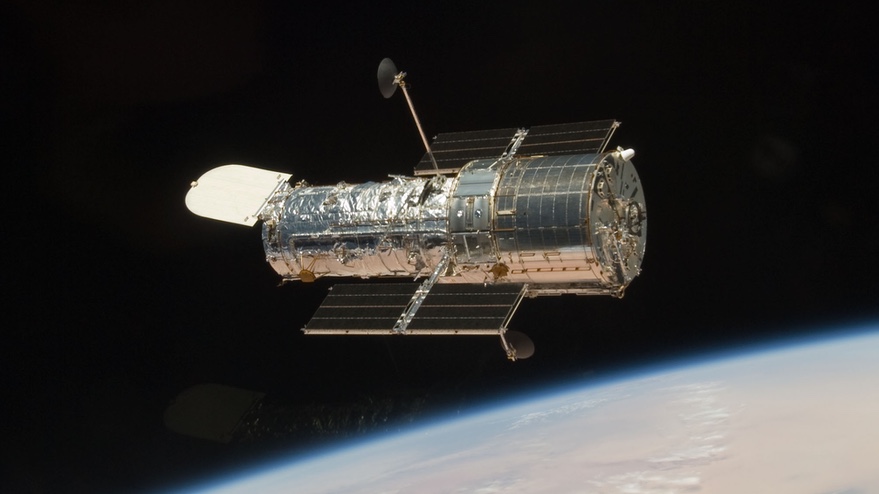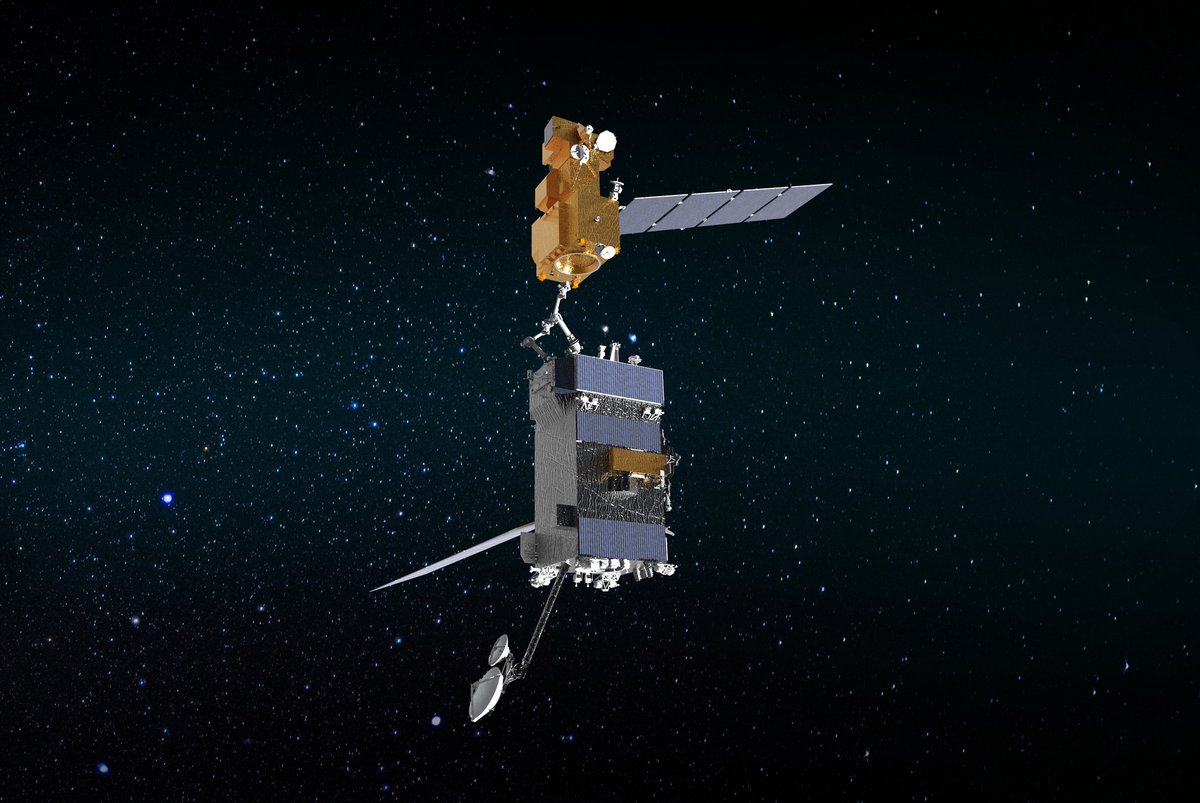Hubble Space Telescope's Latest Malfunction Sparks Private Sector Service Debate
Technical issues with the Hubble have intensified discussions on the feasibility of a privately-led repair mission, a concept gaining traction within aerospace circles.
Hubble glitch renews talk about private servicing mission

WASHINGTON — A problem with the Hubble Space Telescope has renewed discussion about whether and how NASA might approve a private mission to reboost and potentially repair the spacecraft.
NASA announced Nov. 29 that Hubble was in a safe mode because of a problem with one of its three operational gyroscopes. That gyro first triggered a safe mode Nov. 19 when it provided what NASA described as faulty readings. Spacecraft controllers restored operations of Hubble, only to see problems again Nov. 21 and 23.
The agency said in the statement that engineers were studying the problem and did not estimate when science operations would resume. Hubble can operate with just a single gyro, although with some loss of productivity, such as the inability to perform some solar system observations.
Hubble has six gyros, which were installed on the fifth and final shuttle servicing mission in 2009. Three of the six have since malfunctioned.
The news of this latest, temporary problem with Hubble prompted a response from Jared Isaacman, the billionaire backing the Polaris program of SpaceX private astronaut missions. “Put us in coach,” he posted on social media.
That was a reference to a study announced in September 2022 involving Isaacman, SpaceX and NASA to study the feasibility of a private mission to reboost and possibly repair Hubble using SpaceX’s Crew Dragon. At the time Isaacman suggested that a Hubble mission could be the second of three planned Polaris missions.
The study, performed under an unfunded Space Act Agreement, was completed earlier this year, but neither NASA nor SpaceX have provided any details about the results of the study or next steps.
Isaacman, in other social media posts, suggested the study concluded a reboost and servicing mission was feasible: “this should be an easy risk/reward decision.” However, he did not disclose details about how the mission would be conducted.
SpaceX is also not the only option for servicing Hubble. NASA issued a request for information last December seeking concepts for commercial missions to reboost Hubble. NASA said it would not fund such a mission, instead offering it as an opportunity for companies to demonstrate their satellite servicing capabilities.
The agency received eight responses, including one from satellite servicing company Astroscale in partnership with in-space transportation company Momentus. NASA said at the time it was evaluating them, but gave no timeline for completing that review. . .
NASA announced Nov. 29 that Hubble was in a safe mode because of a problem with one of its three operational gyroscopes. That gyro first triggered a safe mode Nov. 19 when it provided what NASA described as faulty readings. Spacecraft controllers restored operations of Hubble, only to see problems again Nov. 21 and 23.
The agency said in the statement that engineers were studying the problem and did not estimate when science operations would resume. Hubble can operate with just a single gyro, although with some loss of productivity, such as the inability to perform some solar system observations.
Hubble has six gyros, which were installed on the fifth and final shuttle servicing mission in 2009. Three of the six have since malfunctioned.
The news of this latest, temporary problem with Hubble prompted a response from Jared Isaacman, the billionaire backing the Polaris program of SpaceX private astronaut missions. “Put us in coach,” he posted on social media.
That was a reference to a study announced in September 2022 involving Isaacman, SpaceX and NASA to study the feasibility of a private mission to reboost and possibly repair Hubble using SpaceX’s Crew Dragon. At the time Isaacman suggested that a Hubble mission could be the second of three planned Polaris missions.
The study, performed under an unfunded Space Act Agreement, was completed earlier this year, but neither NASA nor SpaceX have provided any details about the results of the study or next steps.
Isaacman, in other social media posts, suggested the study concluded a reboost and servicing mission was feasible: “this should be an easy risk/reward decision.” However, he did not disclose details about how the mission would be conducted.
SpaceX is also not the only option for servicing Hubble. NASA issued a request for information last December seeking concepts for commercial missions to reboost Hubble. NASA said it would not fund such a mission, instead offering it as an opportunity for companies to demonstrate their satellite servicing capabilities.
The agency received eight responses, including one from satellite servicing company Astroscale in partnership with in-space transportation company Momentus. NASA said at the time it was evaluating them, but gave no timeline for completing that review. . .





No comments:
Post a Comment